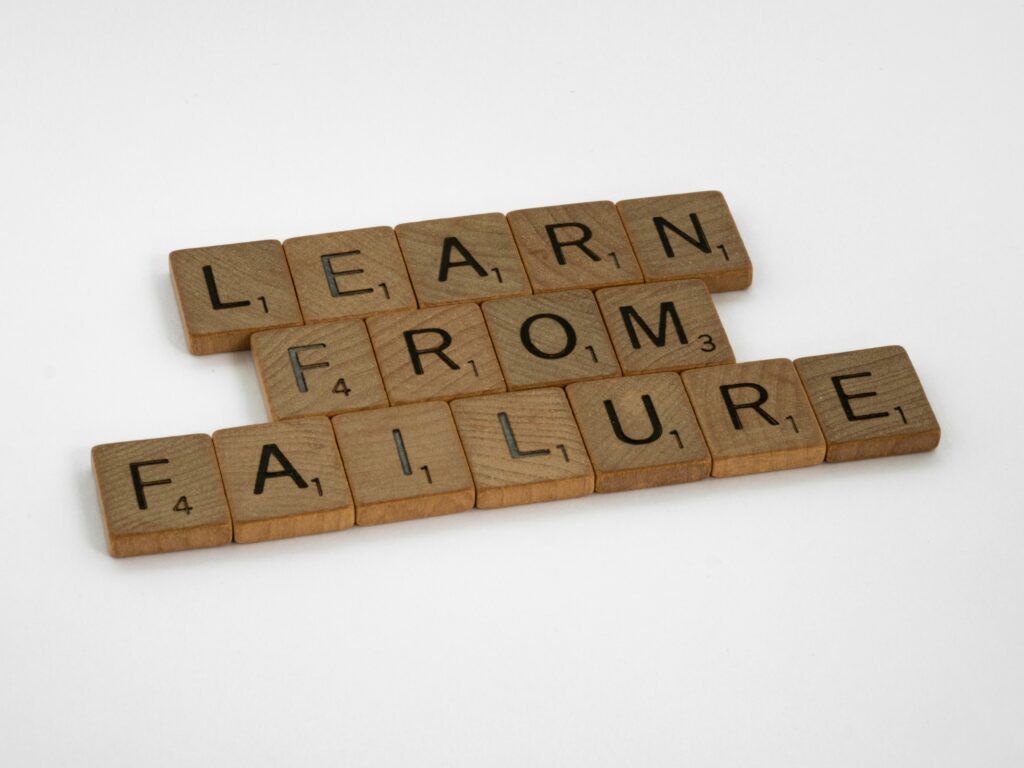
Designing a battery pack might seem straightforward on the surface, just stack some cells, wire them up and add a BMS, right? In reality, battery pack engineering is a complex balancing act involving electrical, thermal, mechanical and control systems, all of which must be tightly integrated to ensure performance, safety and longevity.
At Energy Storage Specialists (ESS), we’ve worked with clients across automotive, marine, aerospace and industrial sectors. Along the way, we’ve seen where even well-intentioned programs can go off the rails. Here are the top 5 mistakes we see in battery pack development and how to avoid them.
1. Skipping the System-Level View
The Mistake: Teams focus too narrowly on one aspect of the pack, like cell performance, without considering the broader system requirements or interactions.
Why It Hurts: A cell that looks great in isolation might not fit your voltage window, thermal envelope or pack-level energy needs. Decisions made in isolation can cause costly design changes later.
How to Avoid It:
- Start with a top-down systems engineering approach
- Align cell selection, pack architecture and thermal/mechanical constraints early
- Use simulation tools to validate the system before committing to hardware
2. Underestimating Thermal Management
The Mistake: Teams don’t invest enough in thermal modelling, cooling design or thermal propagation mitigation.
Why It Hurts: Poor thermal management leads to degraded performance, reduced cycle life and increased safety risks especially under fast charging or heavy load.
How to Avoid It:
- Perform CFD simulations early in the design process
- Design for both cooling and thermal runaway containment
- Balance simplicity (air cooling) vs. performance (liquid cooling) based on the use case
3. Overcomplicating the Mechanical Design
The Mistake: Some packs are over-engineered, with excessive materials, tight tolerances or unserviceable layouts.
Why It Hurts: Overly complex structures drive up cost, weight and manufacturing difficulty. Poor design can also cause issues with vibration, ingress protection or serviceability.
How to Avoid It:
- Focus on DfM (Design for Manufacturing) and DfA (Design for Assembly) from day one
- Use Finite Element Analysis (FEA) to optimise strength vs. weight
- Consider modularity, access for maintenance and crashworthiness
4. Ignoring BMS integration and controls
The Mistake: Treating the Battery Management System as an afterthought, or selecting off-the-shelf solutions without ensuring proper integration.
Why It Hurts: The BMS is the brain of your battery. Poor integration can lead to inaccurate state-of-charge estimates, failed protections or communication issues with other parts of the system.
How to Avoid It:
- Align on control strategy and software architecture early
- Ensure the BMS fits your application’s needs: redundancy, communication protocol and diagnostic
- Validate with Hardware-in-the-Loop (HIL) and real-world scenarios
5. Not designing for scale or certification
The Mistake: Building a prototype that can’t be easily scaled to production or won’t pass safety/regulatory testing.
Why It Hurts: You may face expensive rework or delays when moving to certification (e.g. UN 38.3, IEC 62619, ISO 26262, DNV etc…).
How to Avoid It:
- Understand your compliance path early (marine, aerospace, automotive – each have different standards)
- Design with manufacturability and quality control in mind
- Engage with certification bodies during development, not after
Conclusion: Integration, planning and Testing are everything
Battery pack engineering is a multidisciplinary challenge and it’s often the interfaces between disciplines where things break down. The most successful programs build strong foundations with:
- Cross-functional collaboration
- Model-based systems engineering
- Early validation and risk management
At ESS, we bring the technical depth and strategic perspective to guide clients around these pitfalls and toward reliable, scalable battery systems.
Got a project in the works? contact us, we’re here to help.
Have insights or lessons learned from your own experience? Drop them in the comments, we’d love to hear your perspective.
Leave a Reply